Unlocking the Potential of USB-C: A Universal Connector for Modern Gadgets
USB-C, a versatile connector, is gaining popularity in gadgets. EU mandates USB-C for new devices. Apples iPhone 15 may embrace USB-C. Compatibility and convenience are driving this shift.
USB-C: The Universal Connector for Modern Gadgets
In the ever-evolving landscape of gadget connectivity, USB-C has emerged as a pivotal player. With Apple increasingly adopting USB-C ports across its devices, it's essential to grasp the essence of this versatile connector.
USB, or Universal Serial Bus, is a familiar term in the realm of gadgetry. USB-C, on the other hand, is a distinct variation of USB, featuring a unique port and connector design. Its inception dates back to 2014, and since then, it has gained widespread recognition for its multifunctionality, serving both as a charging interface and a data transfer conduit.
USB-C's prevalence has soared, particularly among Android devices. Most contemporary flagship Android smartphones rely on USB-C as their primary connector, a trend that has persisted for several years. In contrast, Apple has adhered to its proprietary Lightning port.
In a noteworthy development, the European Union (EU) ratified a law mandating the inclusion of USB-C charging ports in all new phones, tablets, and electronic devices. By the end of 2024, this regulation will come into full effect, ensuring compatibility among a wide array of portable electronics and obviating the need for consumers to acquire different chargers for each device.
One of the key advantages of USB-C is its capacity to deliver high-speed data transfers and rapid charging. Its symmetrical design further simplifies usage, as there is no "right way up" to plug in the connector. As USB-C becomes increasingly ubiquitous, the convenience of using a single cable across multiple devices will become a reality.
Now, addressing the elephant in the room – iPhones and USB-C. Currently, none of the iPhone models accept a USB-C connector as the main charging input. However, this is poised to change in September 2023 with the anticipated release of the iPhone 15. This forthcoming model is expected to feature USB-C at both ends of the charging cable, aligning with industry trends.
It's worth noting that while iPhones have maintained their Lightning port for charging, Apple made a pivotal switch with the iPhone 11 by adopting USB-C for the adapter end of its charging cable. This hybrid approach has bridged the gap between Lightning and USB-C, paving the way for the comprehensive adoption of USB-C in future iPhone models.
In the broader Apple ecosystem, many MacBook and iPad models have already embraced USB-C cables, underscoring the company's commitment to interoperability and enhanced user convenience.
In sum, USB-C is a versatile connector that has reshaped the landscape of gadget connectivity. Its widespread adoption and EU regulations ensure a future where a single cable can power a range of portable electronic devices, fostering simplicity and compatibility in the tech world. With the impending arrival of the iPhone 15 featuring USB-C, Apple is poised to join the USB-C revolution, further solidifying its status as the universal connector for modern gadgets.
Download your fonts:
Midsummer Circus Font - Free Download
Naughty Nights Font - Free Download
Monterey Wide Font - Free Download
Bow Bow Black Sheep Font - Free Download
The Shy Family Font - Free Download
Handylined Font - Free Download
PW Serif Scratch Font - Free Download
Buzzwaktype Font - Free Download
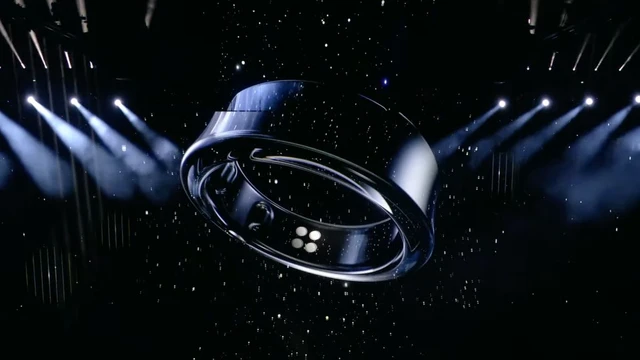


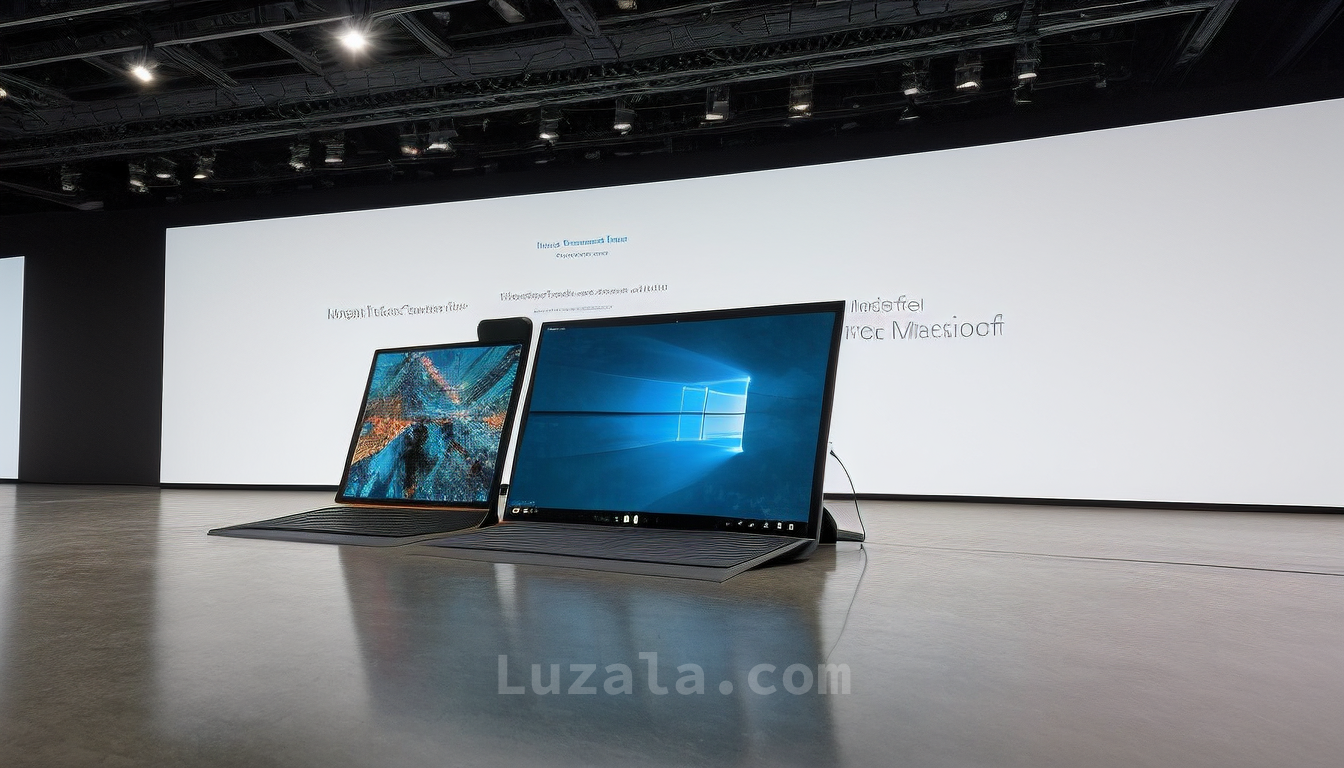
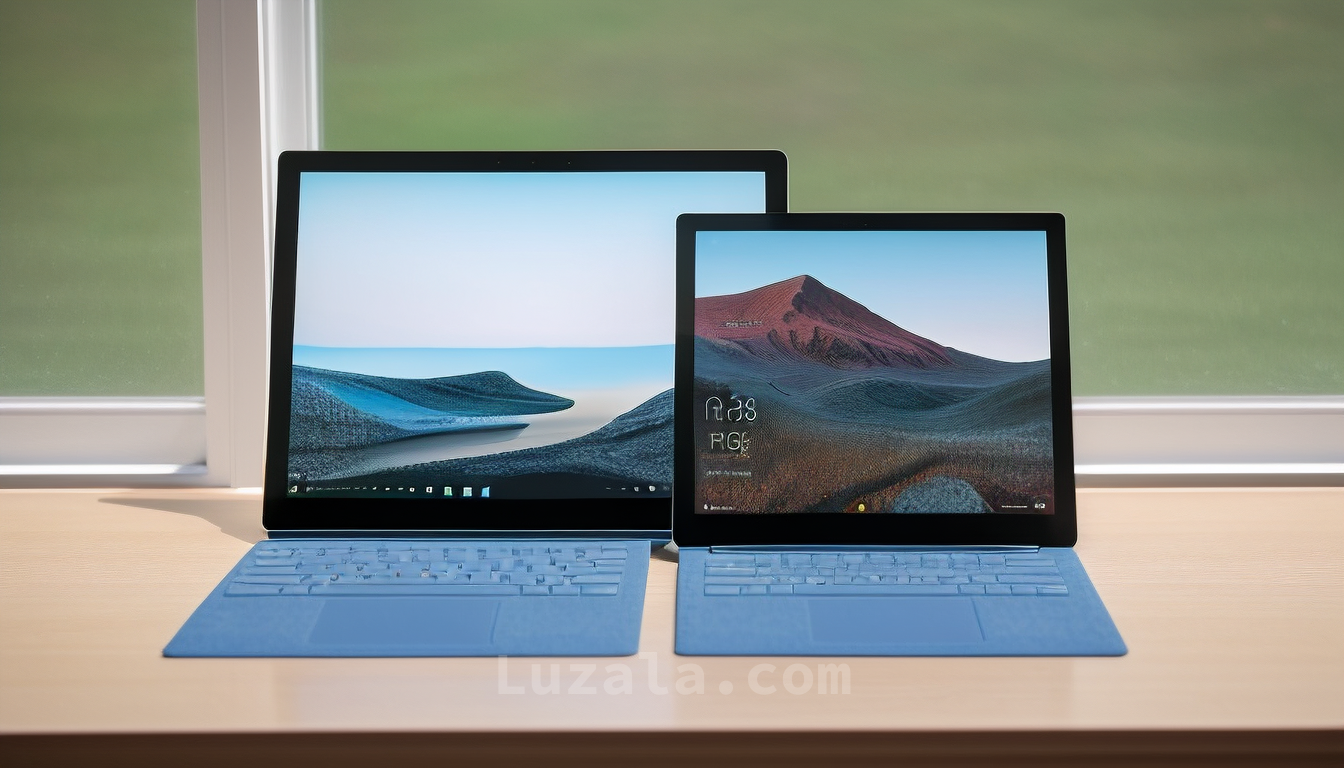

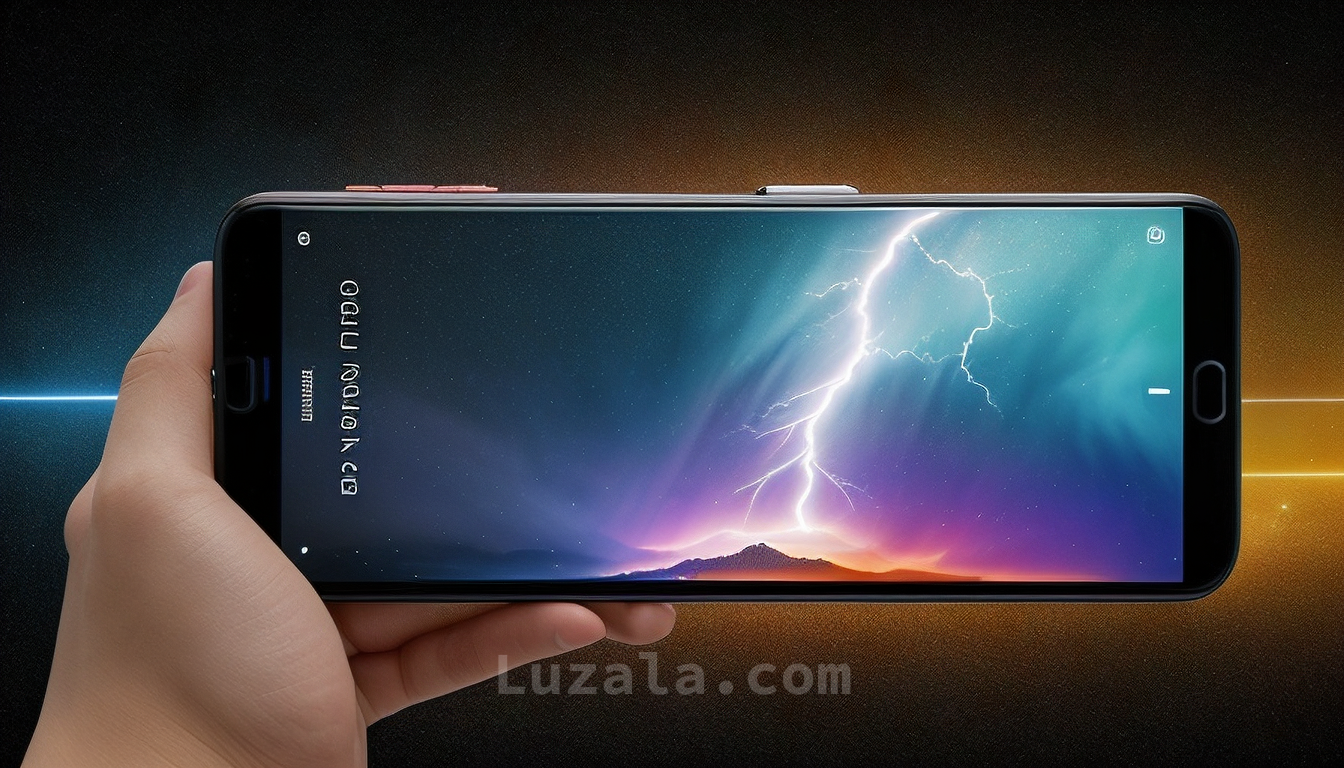

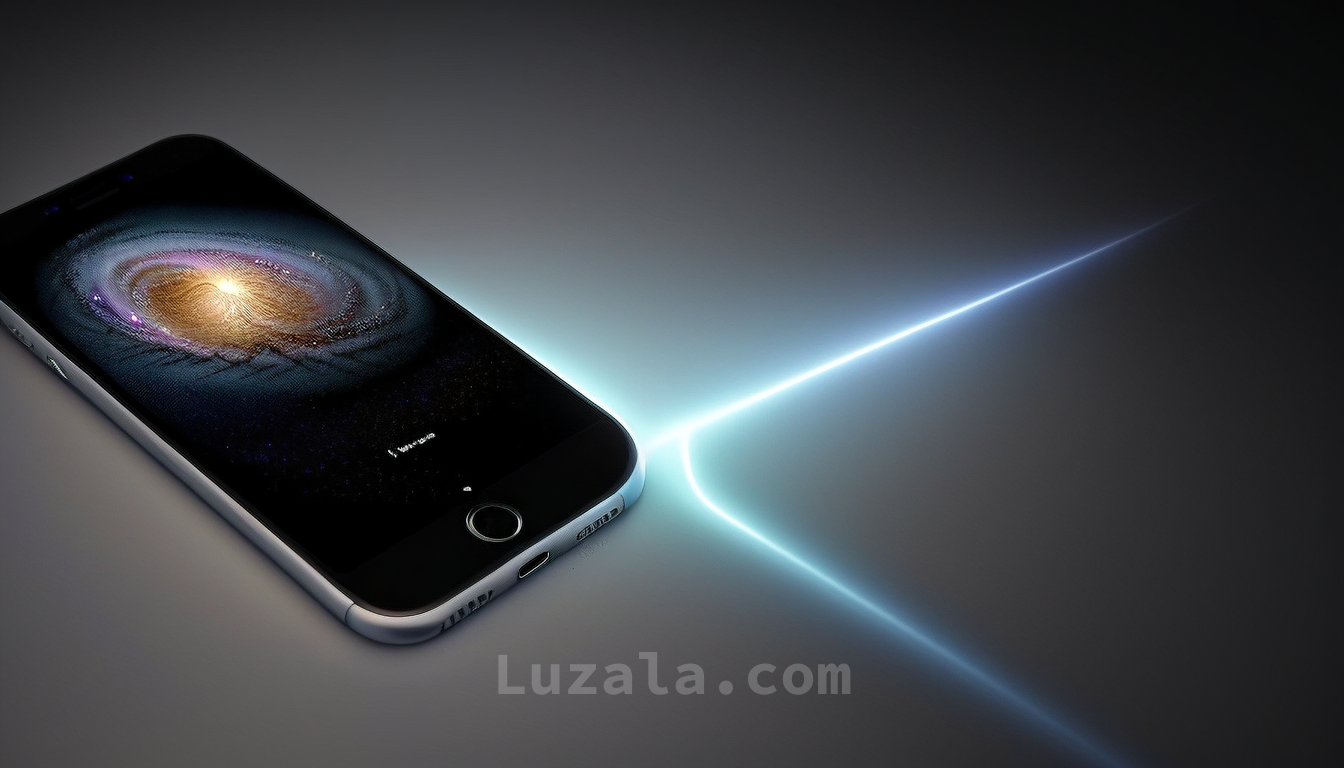
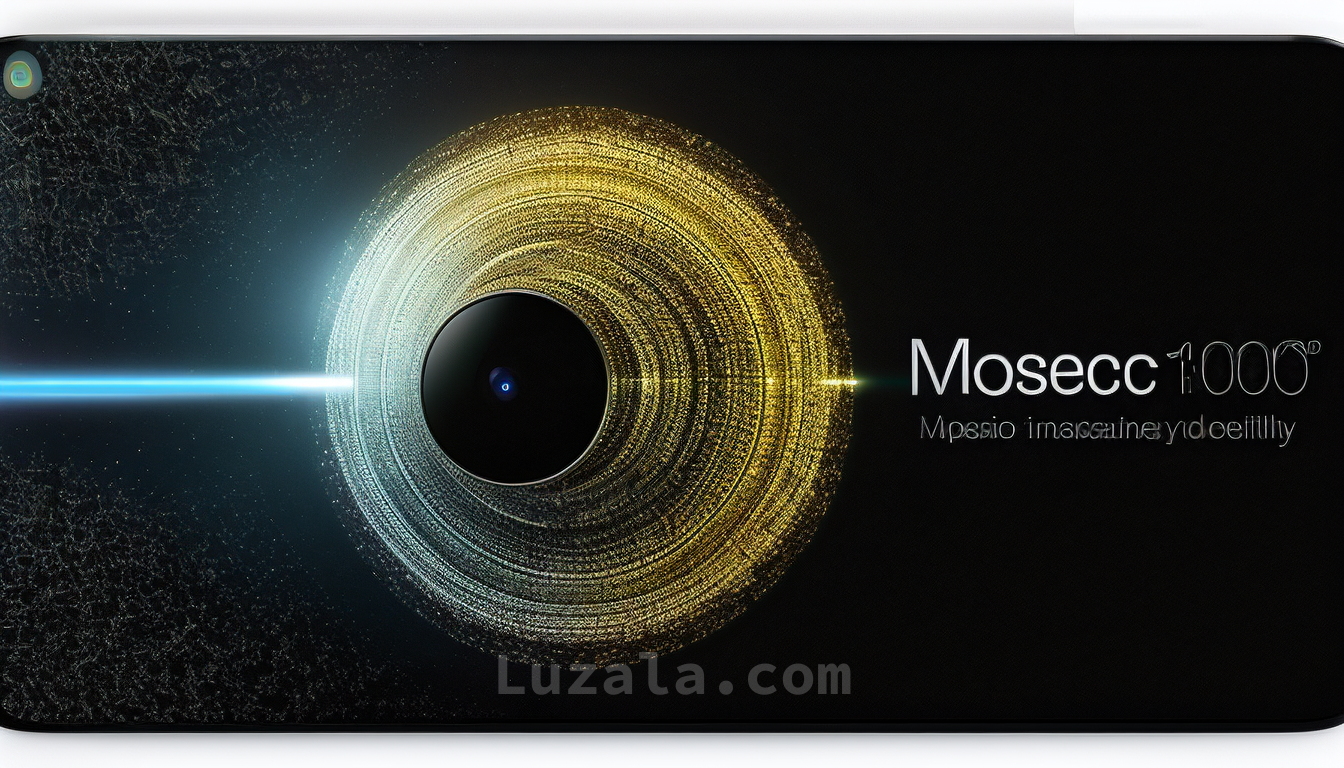





Comments